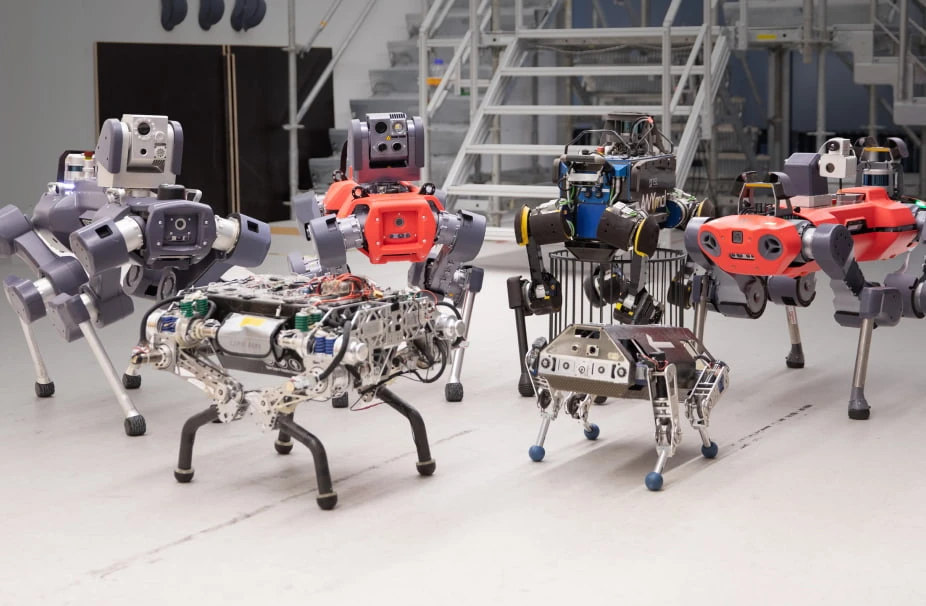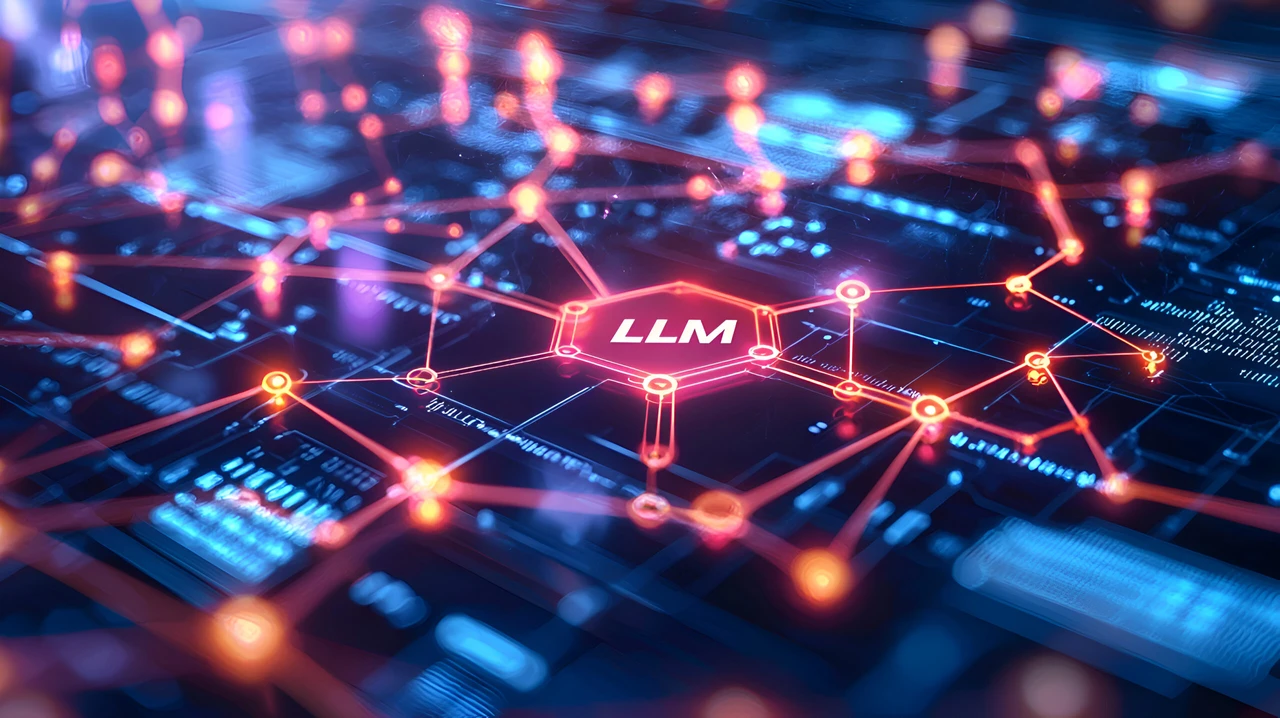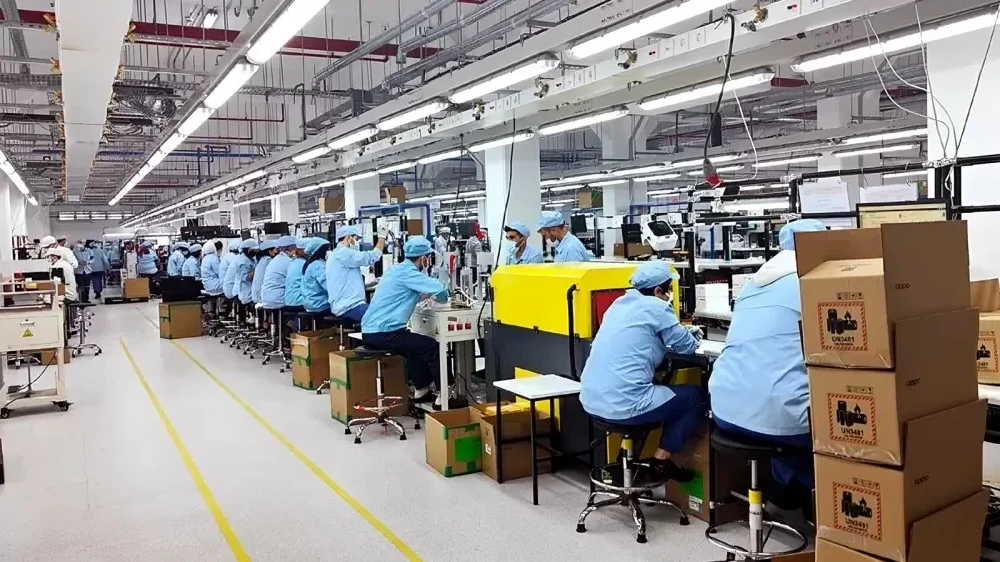AI breakthroughs create new ‘brain’ for advanced robots
 Google, OpenAI and Tesla race start-ups to develop AI robotic systems in effort to transform healthcare and manufacturing. (Photo via ANYbotics)
Google, OpenAI and Tesla race start-ups to develop AI robotic systems in effort to transform healthcare and manufacturing. (Photo via ANYbotics)
In the past three years, industrial robots have evolved dramatically. Peter Fankhauser, CEO of Zurich-based robotics start-up ANYbotics, noted that his robots, initially designed to climb stairs, can now perform complex parkour-style maneuvers.
These advancements are powered by sophisticated AI models that allow the robots to adapt to their environments dynamically.
Revolutionary capabilities in robotics
“These are the moments where you think this is the next revolution,” Fankhauser said. “These things started to move really artistically, and it’s almost scary because the robots play with physics.”
The global robotics sector, valued at $74 billion, has seen remarkable growth due to significant advances in AI, particularly neural networks that mimic human brain functions. Major tech companies like Google, OpenAI, and Tesla are at the forefront of creating an AI “brain” capable of autonomous robot operation, potentially transforming sectors like manufacturing and healthcare.
Deep learning models enhance robot autonomy
Recent advancements in computer vision and spatial reasoning have enabled robots to navigate diverse environments such as construction sites and city streets with greater autonomy. Unlike previous models that required hardwired rules and instructions, these robots can learn and adapt to real-world challenges independently, thanks to deep learning models.
Generative AI, which can generate and interpret multimedia and text, has further enhanced robots’ understanding of their surroundings and their ability to communicate with humans. This technology allows even those without coding skills to instruct robots using simple text or voice commands.
“It’s like watching a toddler learning,” said Carina Namih, a partner at Plural, a London-based early-stage investment fund. “Because the robots are not deterministically programmed but self-learning, you don’t have high engineering costs in the same way.”
Humanoid robots and future applications
Beyond industrial settings, there is growing interest in humanoid robots. Google DeepMind recently announced significant progress in training humanoid robots using large language models to navigate and understand their environments safely.
OpenAI has reentered the robotics field, establishing a new research group focused on general-purpose robots. The company has invested in several start-ups, including Figure and Oslo-based 1X Robotics, aiming to create robots capable of performing domestic tasks.
Despite these advancements, experts caution that the technology is still in its early stages and remains expensive. China’s Unitree Robotics sells humanoid robots for $16,000. Elon Musk announced that Tesla would begin producing and using humanoid robots next year, with a broader release expected by 2026.
Investment in robotics continues to grow, with significant funding directed toward early-stage companies. For instance, Mytra, specializing in warehouse automation, recently raised $78 million, while Munich-based RobCo secured $42.5 million for its flexible robotic hardware kits.
San Francisco-based Tetsuwan Scientific closed a $2.5 million funding round to develop AI robots capable of conducting laboratory experiments with greater precision than human researchers. “Applying generative AI to scientific discovery is the most impactful thing that we could do,” said Cristian Ponce, the company’s CEO.
The widespread adoption of AI tools among consumers has also influenced attitudes toward robotics. Sonali Fenner of management consultancy Slalom noted that this shift has made it easier for companies to consider deploying robots in public-facing roles. For example, a large retail client used Spot, a Boston Dynamics robot dog powered by Google’s Gemini Pro model, to manage inventory in its stores.
Ahti Heinla, co-founder of Skype and CEO of Starship Technologies, observed a growing acceptance of robots in public spaces. His company’s delivery robots are now a common sight in over 100 cities and towns across Europe and the U.K.



